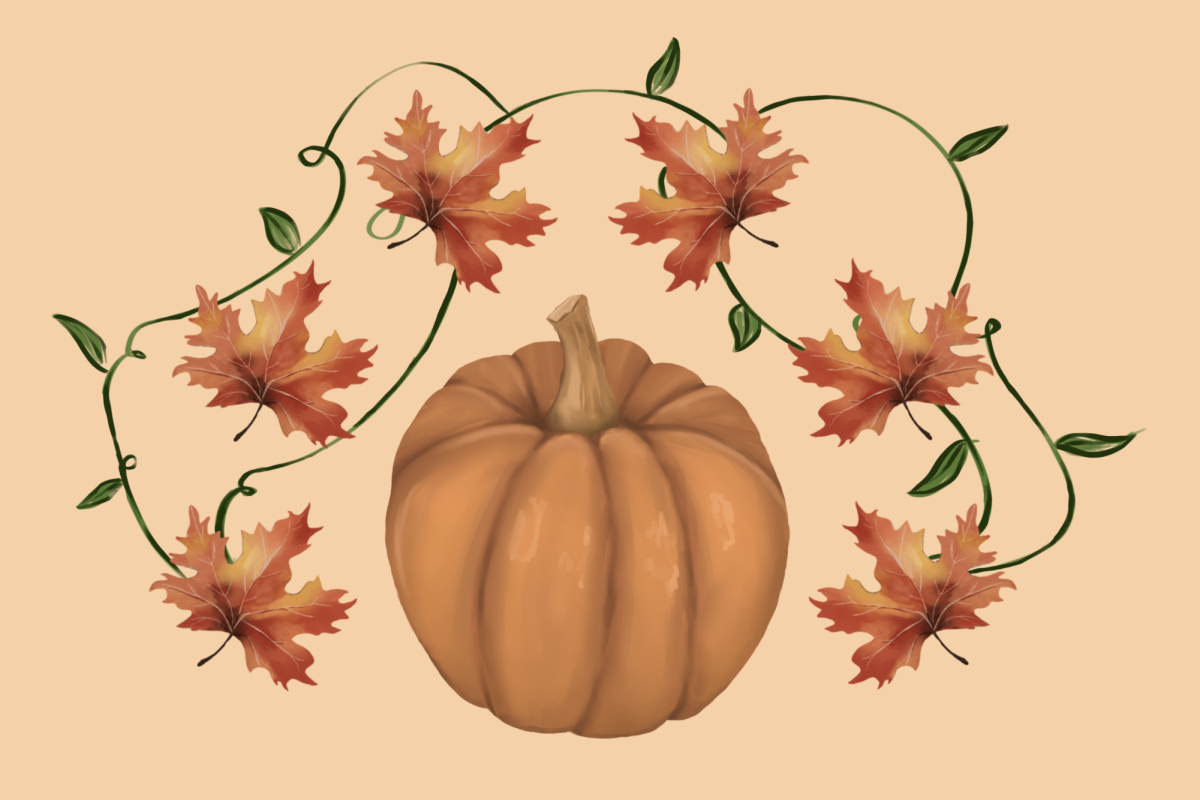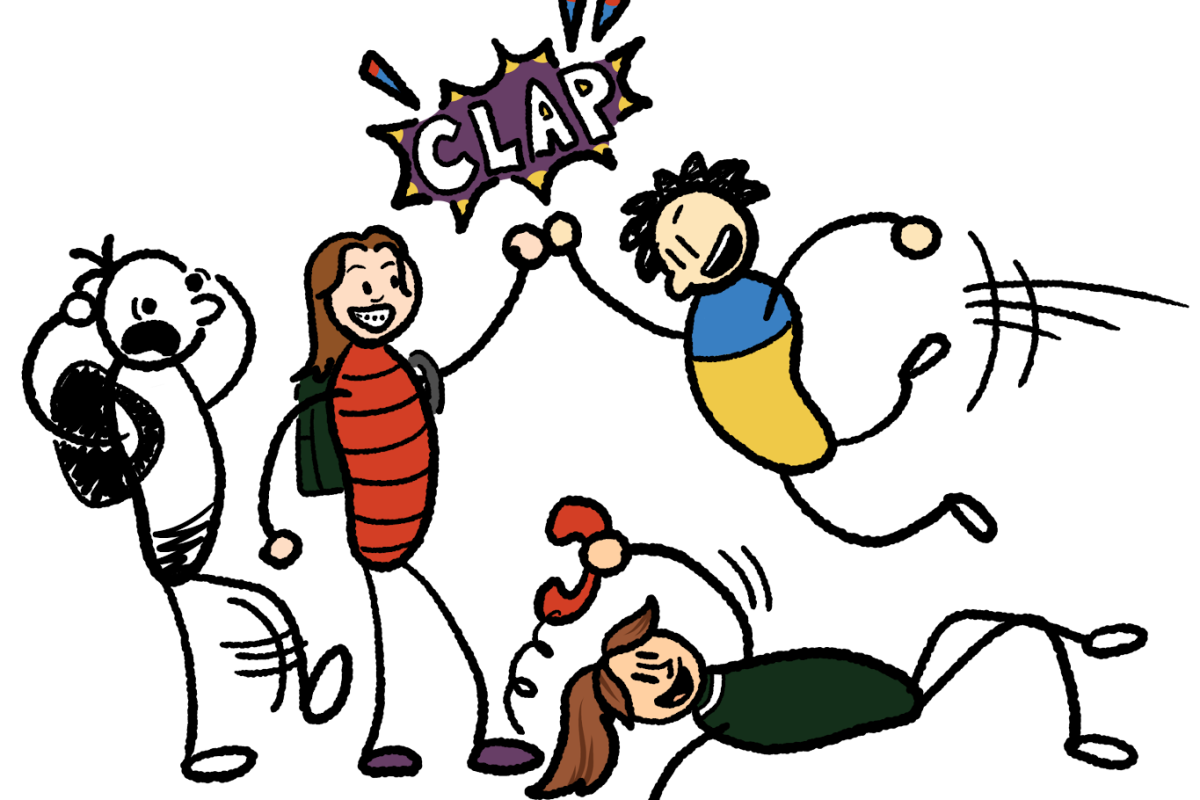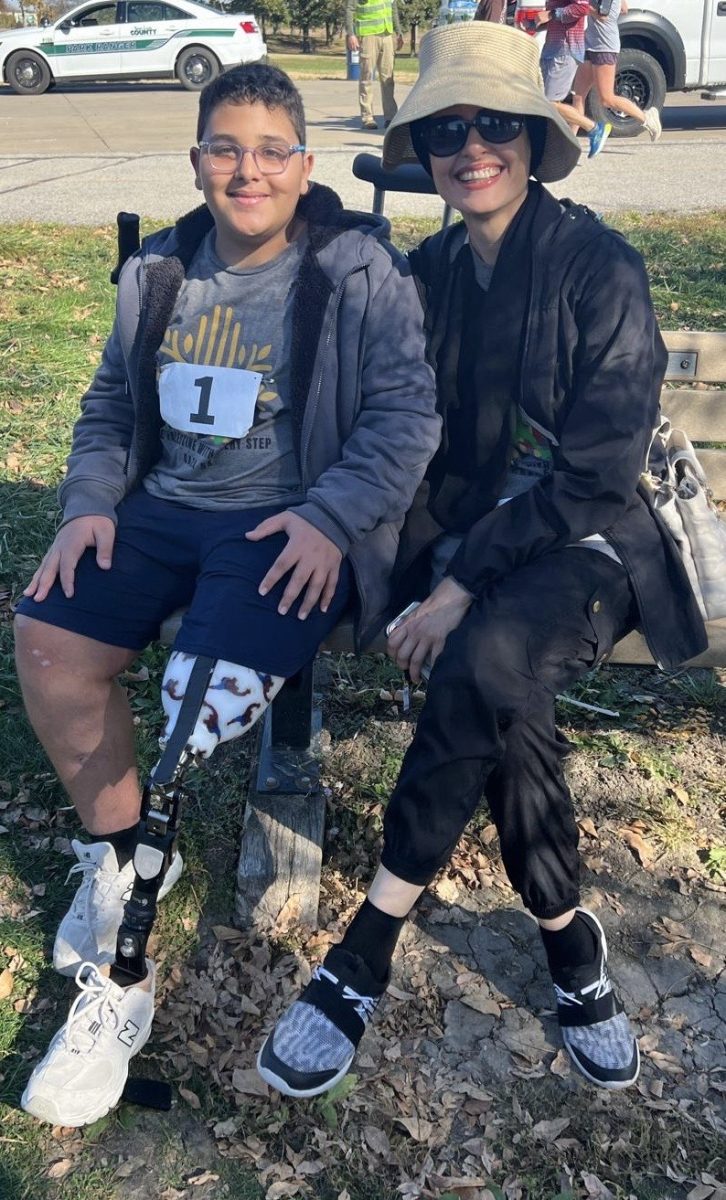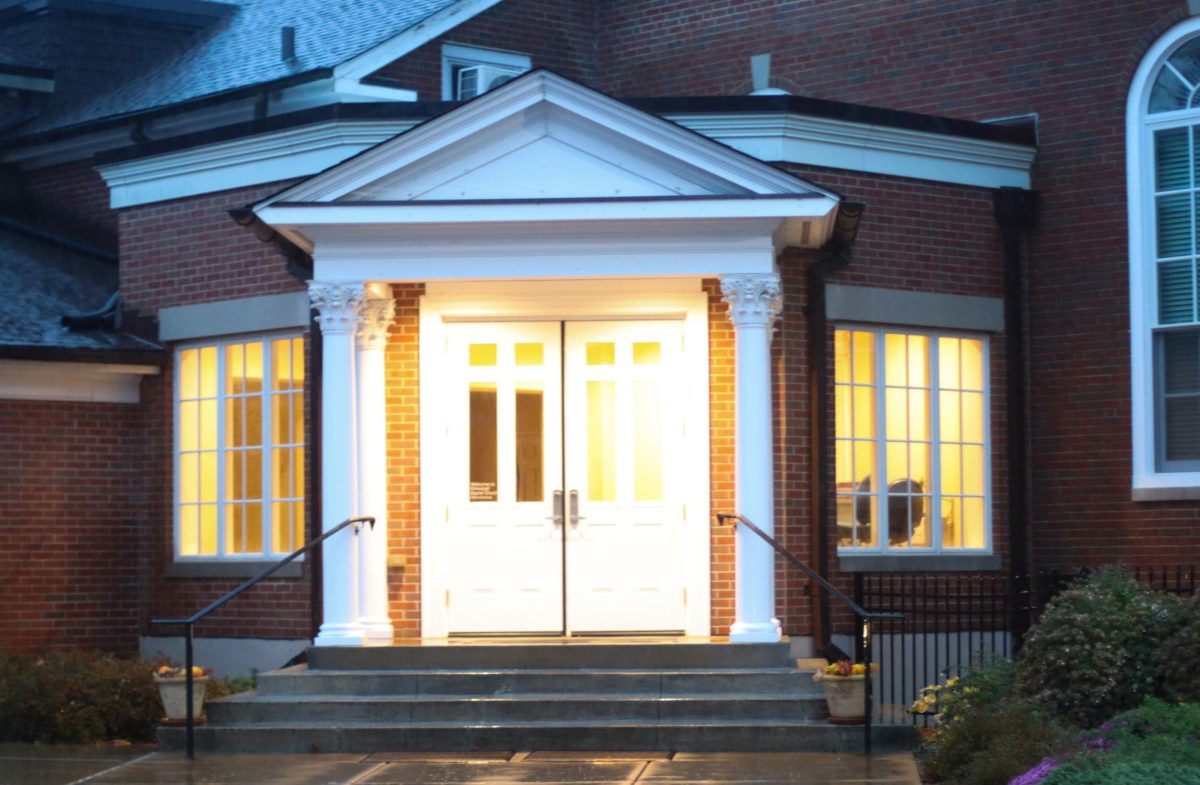Money, romance, betrayal, forgiveness, change and acceptance, just about everything you would find in an episode of Gossip Girl, but not what you would expect in a serious production about an African-American family and the struggles they face in the 1950s.
A Raisin in the Sun, by Loraine Hansberry, features a family of five living in a small apartment in the late 1950s. They face the same struggles any African-American normally would in that time period: lack of money, harsh discrimination and cramped living space, to name a few.
“It’s a more complicated set because it’s tight in [the apartment],” Kelly Schnider, director of theater, said. “It works and doesn’t at the same time because we have a small space in the black box itself.”
This non-traditional KHS play, with a 90 percent African-American cast, drew in a crowd of new actors: some repeats (having done shows before), but many new faces. The drama department worked to promote the auditions for the play and ended up with more students auditioning than they thought.
“When it came down to casting, everything fell into place for the most part,” Schnider said. “It reached the point where we wished we had even more parts to be able to cast because we had such great auditions.”
Ezra Sanders-Smith, junior, who plays main character Walter Lee Younger, has participated in two other KHS productions and other productions outside of KHS. Sanders-Smith likes that the cast is smaller but feels like the play is weighted more on him because his role is the pivotal character the audience follows throughout the production.
“[The production] feels different, like an older and more mature play,” Sanders-Smith said.
Ieshah Edwards, junior, who plays main character Ruth Younger, tried out for the play because of her love of theater, how different the play is and because it is an almost all African-American cast.
“I feel like we have to show that there are black people that do love theater, and appreciate it,” Edwards, junior, said. “Nobody really thinks that we do that type of stuff and sing and everything.”
Ryan Morton, senior, who plays Asagai, is excited to participate in his first play. He likes to act and feels being in this production will broaden his horizons.
“I think it will differ because you will get to see a new style of acting [and] with these roles you have to have a different personality, and a different way of acting,” Morton said. “I think it will be unique.”
Schnider believes that with this high percentage African-American black box play, it will bring in a new crowd of theatergoers. This new crowd she hopes will consist of people who may not usually attend productions at KHS, but might do so because of A Raisin in the Sun.
“I think that the [production] broadens the base for people that might not have come to our theater as often [and] might be interested,” Schnider said. “There’s just a little bit of the unknown.”
Deciding what shows and musical the drama department will produce each year takes a lot of thought, discussion and decisions. Schnider talked with Greg Booth, technical theater director, and they made the decision to “send the invitation out [to KHS African-Americans] and see if they responded,” Schnider said.
“There were so many levels of connections with people that were familiar with [A Raisin in the Sun].” Schnider said. “We decided [producing the play] was what were going to set out to do.”
Schnider does not believe there is a true “moral of the story” to the production of A Raisin in the Sun. She feels the production will not leave the audience with a satisfied, perfect bow left on the package, but with something more powerful.
“If [the audience] feels that connection and can kind of feel all those complicated feelings with it then that’s good,” Schnider said. “If they walk out of there feeling affected, then we’ve done our job.”














